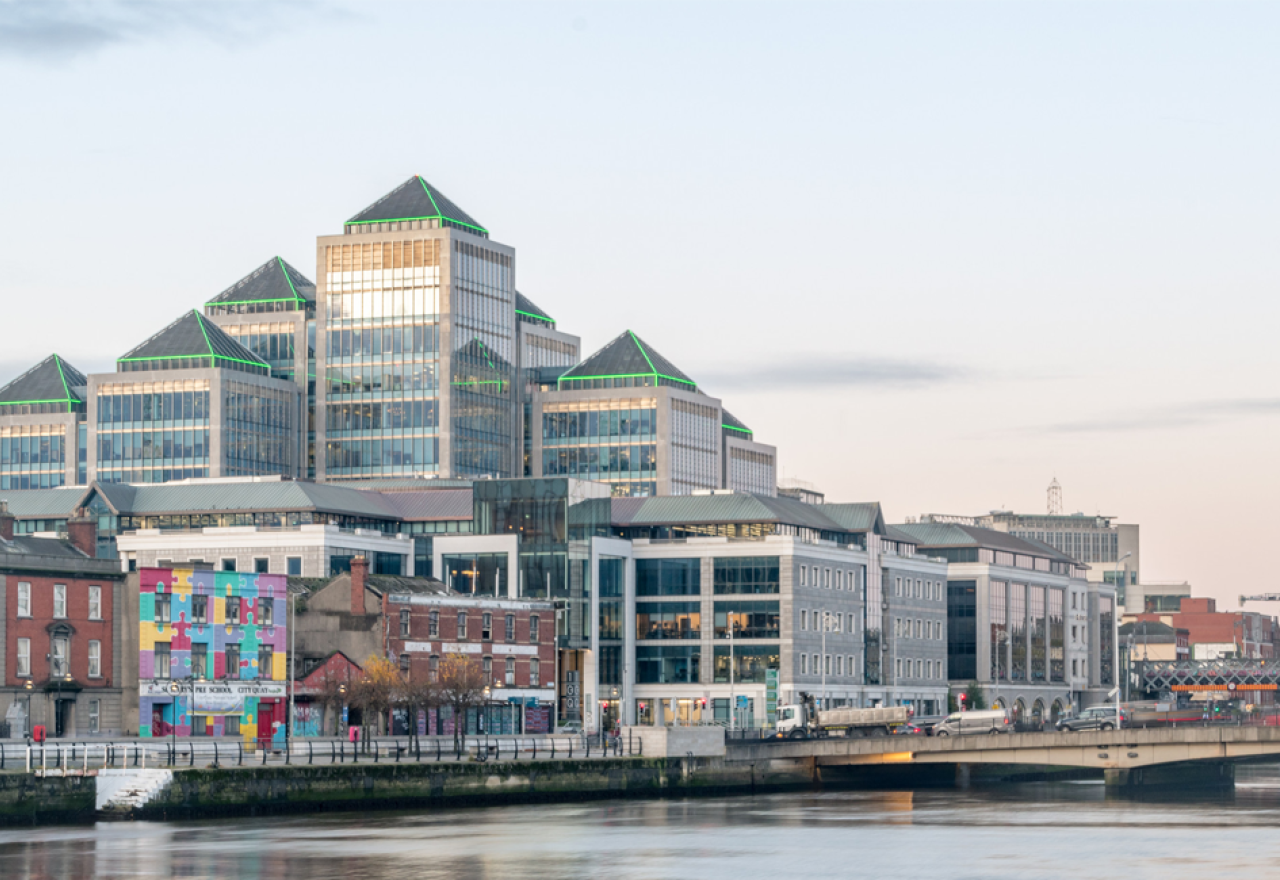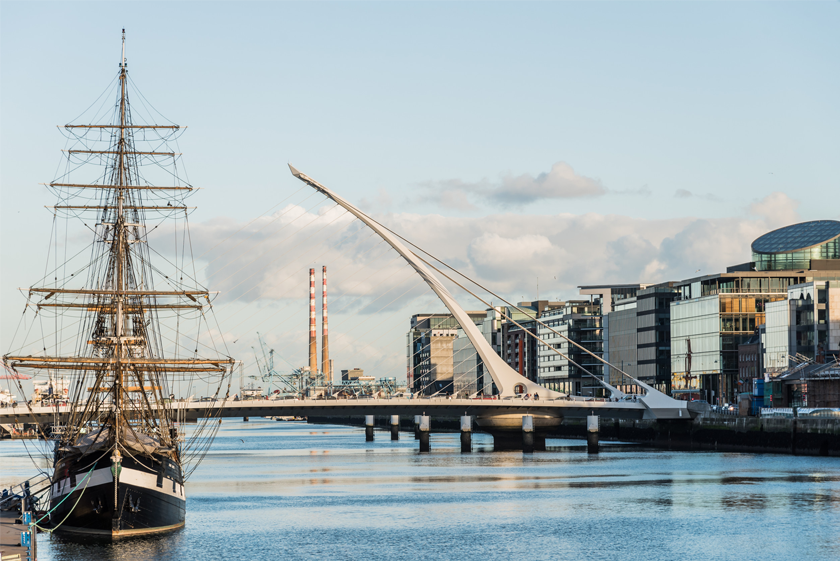Ireland’s economy holds strong amid global headwinds
According to KPMG, despite global uncertainty, Ireland’s economy continued to grow through the first half of 2025.

While many countries hit pause on investment decisions, Ireland bucked the trend. KPMG’s latest Summer Economic Outlook takes a closer look at the trends.
Globally, economic growth is expected to be steady, if modest – at 2.7% this year and 2.8% in 2026. Closer to home, Europe’s growth remains subdued, forecast at just 0.9% in 2025, raising a little to 1.1% in 2026..
Ireland performs well
Both of Ireland’s main growth indicators – Modified Domestic Demand (MDD) and GDP – were up in early 2025. When President Trump floated new tariffs, Irish-based multinationals moved quickly to ship goods to the US, giving exports a temporary boost.
At home, demand for infrastructure, housing, goods and services continues to break records. The big challenge? Meeting that demand fast enough.
“At the start of 2025, the focus was on what President Trump would mean for the global economy,” said Dr Daragh McGreal, Head Economist at KPMG.
“Many American businesses imported high volumes ... but with delays to tariffs and limited capacity, stockpiles are dwindling and new goods may face higher tariffs.”
Many companies have shelved investment decisions – both internal and external – as they wait for more clarity. Trump has marked 9 July as the date for major tariff changes. A 10% base tariff on EU exports to the US seems likely. Despite that, growth across Ireland, Europe, and globally has held up better than expected.
What’s ahead for Ireland?
Ireland’s 2025 growth is being driven by a mix of multinational exports and strong domestic demand. KPMG forecasts GDP growth of 3.3% or more, not counting the one-off surge in Q1 exports. Looking ahead, growth may ease to around 1.5%–2.0% next year as tariffs begin to bite.
Domestic growth looks solid too – MDD could hit 2.5%+ this year and next, thanks to robust spending and investment.
The labour market is in great shape: employment was up 2.1% year-on-year in Apri, unemployment is low at 4.0% and Inflation has cooled to 1.7%, whilst interest rates have dropped to 2.0%
All signs point to a healthy economy in the short term.
“While headline GDP has always been questioned in an Irish context,” said Dr McGreal, “other indicators show a domestic economy that’s holding up well – even with ongoing uncertainty in global trade.”

Dr Daragh McGreal, Head Economist at KPMG
Prosperity comes with pressure
Even with this good news, Ireland faces some tough, interconnected challenges. Demand for housing, infrastructure, and skilled workers is higher than ever – but supply just can’t keep up.
“Reports have been warning about bottlenecks for years,” said Dr McGreal. “Utilities, transport, healthcare, housing – all under pressure. Demand keeps rising faster than supply.”
This imbalance affects quality of life. Jobs may be plentiful, but issues like housing, commuting, and childcare are taking a toll.
Housing: still the sticking point
Housing remains one of Ireland’s biggest roadblocks to sustainable growth. In 2024, 30,000 new homes were built – far below the estimated 52,000-90,000 needed annually.
So far, 2025 hasn’t brought much improvement: Q1 saw just 6,000 new homes completed (up 2% year-on-year) and rents rose by 3.4%
Property values have risedn too with sales prices jumping 7.5%. Asking prices were 12% higher than a year earlier, and ESRI has revised its forecast down to 33,000 completions this year.
“Everyone agrees there’s a housing challenge,” said Dr McGreal. “There are different views on the solution – more supply, demand management, tax measures – but progress is slow.”
High housing costs mean people save more and spend less, which drags on broader economic activity.

A mixed global picture
KPMG International expects global GDP growth to slow to its lowest level since the 2008/9 financial crisis. Growth is forecast to drop from 3.2% in 2024 to 2.7% in 2025, with a slight rebound in 2026.
In Europe, the outlook remains cautious. UK GDP is expected to grow just 1.2% in 2025 and the the Eurozone is looking at 0.9% growth. Consumer confidence and investment are both muted but the picture isn’t all bleak. Countries like Spain and Poland are performing well, thanks to targeted investment and strong domestic demand. Meanwhile, Germany and France are being held back by structural and fiscal constraints.
Global politics driving uncertainty
The world is in a period of big geopolitical change – a “Critical Recession” as KPMG calls it. We’re shifting from US-led globalisation to a more multi-polar world, with countries like India, Brazil, Mexico, and Türkiye gaining influence.
“We now face potentially more global conflict than at any time since 1946,” said Dr McGreal.
“That’s putting pressure on supply chains – especially around key trade routes like the Suez Canal and South China Sea.”
With trade fragmentation, shifting alliances, and tariff risks, many businesses are taking a “wait and see” approach before making their next move.








